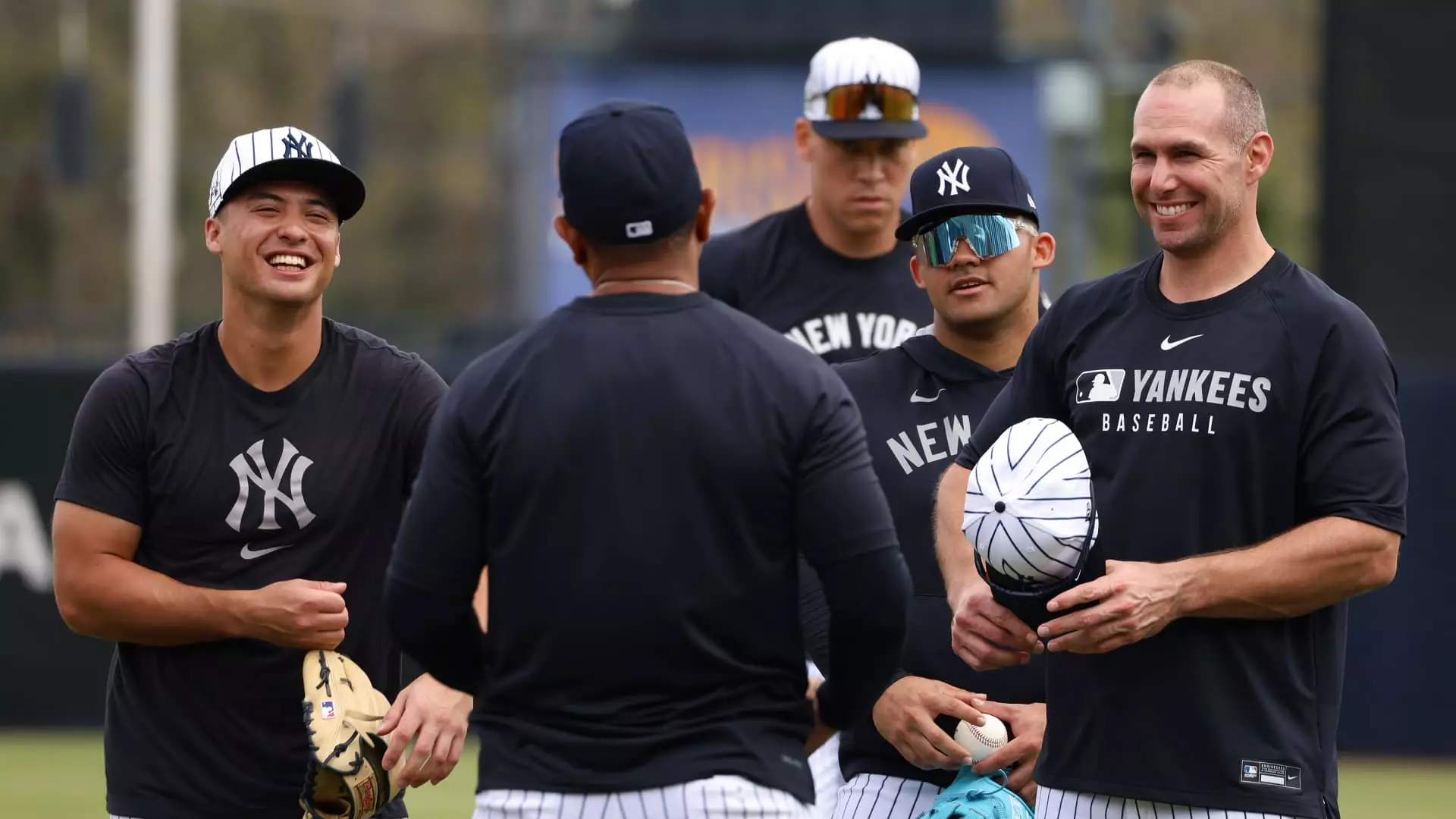The New York Yankees, known for their rich history and strict regulations, have taken a significant step towards modernity by lifting a 50-year ban on player beards. This landmark decision, recently announced by owner Hal Steinbrenner, signifies a shift in the organization’s culture, one that acknowledges the evolving norms within professional sports. The new policy allows players the freedom to sport “well-groomed beards,” a dramatic change from the stringent rules put in place by the team’s legendary former owner, George Steinbrenner, back in the 1970s.
George Steinbrenner’s policy was introduced not merely as a matter of aesthetics; it was intended to foster a sense of discipline and professionalism among the players. He believed that by enforcing regulations on players’ appearances, he could instill a sense of pride and uniformity. For decades, this philosophy dictated the grooming standards at the Bronx-based franchise. Notably, players faced tough consequences for defying these constraints; the case of former captain Don Mattingly, who was benched over a refusal to cut his hair, underscores the fervent adherence to these traditions.
However, as societal views on self-expression have shifted, pressure has mounted on the franchise to reevaluate its outdated grooming policies. Not only did the strict rules pose challenges for players accustomed to different norms, but they also deterred potential talent. Former player Andrew McCutchen openly discussed how the policy would’ve affected his ability to join the team while he wore dreadlocks, exemplifying how grooming policies could restrict diversity within the roster.
The recent decision appears to stem from ongoing discussions within the organization that include insights from both former and current players. Hal Steinbrenner’s acknowledgment of the internal dialogues highlights a growing recognition that the Yankees must adapt to remain competitive in today’s game. The case of pitcher Devin Williams, who was photographed with a beard shortly after joining the team, illustrates the relevance of player appearance in the contemporary sports landscape.
One cannot ignore the historical context of this policy change. As players like Gerrit Cole and Johnny Damon have previously altered their appearance to fit the Yankees’ long-standing tradition, the narrative is shifting—much like the team itself. Now, with the veil of the facial hair ban lifted, there exists an avenue for players to express their individuality while wearing the iconic pinstripes.
A Step Toward Inclusivity
This decision should not just be viewed as a cosmetic change; it represents a broader commitment to inclusivity within the organization’s ethos. As the league progresses into an era that celebrates personal identity, the Yankees’ policy amendment positions them as a forward-thinking franchise willing to embrace change. By allowing well-groomed beards, the team is not simply relenting to pressure; it is making a proactive choice to reflect the diversity and personal expression permeating the sport today.
In essence, the Yankees’ decision to allow facial hair marks a significant cultural shift that aligns the team’s identity with contemporary values. This move could resonate well with both players and fans, opening the door to a new generation of athletes who feel represented and valued—beards and all.

